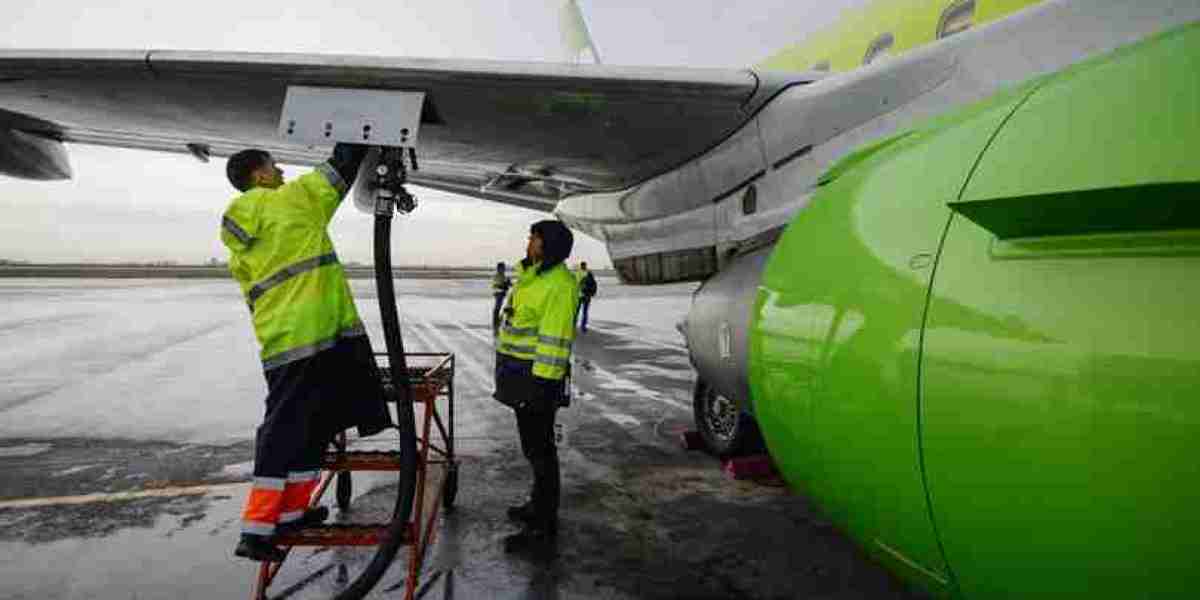The aircraft fuel systems market plays a crucial role in ensuring the safety, efficiency, and performance of aircraft worldwide. These systems manage fuel storage, delivery, and consumption, directly impacting flight operations. However, despite its critical importance and steady growth driven by increasing air travel and advancements in aerospace technology, the aircraft fuel systems market faces several significant threats. These threats could impede market growth and challenge stakeholders across the industry.
1. Fluctuating Fuel Prices and Supply Instability
One of the most pressing threats to the aircraft fuel systems market is the volatility of fuel prices. Jet fuel prices are heavily influenced by global crude oil markets, geopolitical tensions, and supply-demand imbalances. Sharp increases in fuel prices can raise operational costs for airlines, leading to reduced investments in advanced fuel system technologies. Additionally, disruptions in fuel supply chains, due to political instability in oil-producing regions or natural disasters, can cause unpredictable shortages and increase reliance on alternative, sometimes less efficient, fuel sources. This uncertainty poses challenges for fuel system manufacturers who must adapt to changing fuel compositions and availability.
2. Stringent Environmental Regulations
Environmental concerns are reshaping the aerospace industry, including aircraft fuel systems. Governments and international bodies are imposing stricter emissions standards to reduce aviation’s carbon footprint. Regulations such as the Carbon Offsetting and Reduction Scheme for International Aviation (CORSIA) push airlines to adopt cleaner technologies and sustainable fuels. While these initiatives encourage innovation, they also demand costly upgrades or redesigns of existing fuel systems to handle alternative fuels like biofuels or synthetic fuels. Manufacturers face pressure to comply with these evolving standards, which could increase production costs and complicate certification processes.
3. Technological Disruptions and Integration Challenges
Emerging technologies, such as electric propulsion and hybrid engines, threaten to disrupt the traditional aircraft fuel systems market. As aerospace companies invest in electric aircraft to reduce emissions and fuel dependence, the demand for conventional fuel systems might decrease in the long term. Moreover, integrating new technologies with existing aircraft fleets poses technical challenges. Fuel system manufacturers must innovate to develop versatile systems compatible with multiple fuel types or hybrid solutions, requiring significant R&D investment. Failure to keep pace with technological shifts could result in loss of market share to more agile competitors.
4. Safety and Cybersecurity Risks
Safety is paramount in aviation, and any failure in fuel systems can have catastrophic consequences. Increasingly sophisticated fuel systems rely on electronic components and software to monitor and control fuel flow. This dependence on digital technologies introduces vulnerabilities to cyberattacks or system malfunctions. Cybersecurity threats targeting fuel management systems can lead to data breaches or operational disruptions, endangering passenger safety and causing financial and reputational damage. Manufacturers must invest heavily in cybersecurity measures and robust system designs, adding to the cost and complexity of fuel system development.
5. Intense Market Competition and Price Pressure
The aircraft fuel systems market is highly competitive, with numerous established players and new entrants striving for market share. Price competition is intense, driven by airlines’ focus on cost reduction and long-term contracts. This scenario pressures manufacturers to reduce prices while maintaining high-quality standards and compliance with safety regulations. Smaller companies may struggle to survive, leading to market consolidation. Additionally, cost-cutting measures can sometimes compromise innovation and system reliability, potentially affecting the overall market dynamics.
6. Supply Chain Disruptions
Global supply chain challenges have become more pronounced due to events such as the COVID-19 pandemic, geopolitical conflicts, and trade restrictions. The aircraft fuel systems market depends on complex supply chains for raw materials, components, and specialized manufacturing equipment. Disruptions in these supply chains can delay production, increase costs, and reduce the availability of critical parts. Manufacturers are forced to rethink their supply strategies, increase inventory costs, or find alternative suppliers, which could slow down market growth.
7. Changing Customer Preferences and Market Demand
The demand for fuel-efficient, lightweight, and environmentally friendly aircraft is rising. Customers, including airlines and defense sectors, increasingly expect fuel systems that support these trends. A shift in customer preferences toward electric or hybrid propulsion may reduce reliance on traditional fuel systems. Companies unable to anticipate or respond quickly to these market demands risk losing relevance.
Conclusion
The aircraft fuel systems market is poised for growth but faces a complex array of threats. Fluctuating fuel prices, stringent environmental regulations, technological disruptions, cybersecurity concerns, fierce competition, supply chain vulnerabilities, and shifting customer preferences all challenge the industry. Success in this market will depend on manufacturers’ ability to innovate, adapt to regulatory changes, invest in cybersecurity, and manage costs effectively. Stakeholders must remain vigilant and agile to navigate these threats and capitalize on emerging opportunities in the evolving aerospace landscape.




